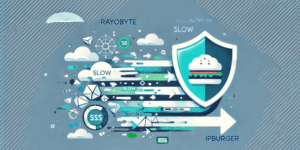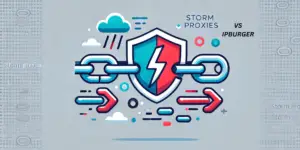In this generation, there’s nothing more exciting than being connected to a free WIFI. With free WIFI, you can do almost anything that strains your data plan. Most people will use free WIFI even to check their bank accounts and other sensitive information. Free WIFI is mostly found in public places which are commonly referred to as public WIFI hotspots. These places include cafes and restaurants, airports, public halls and even in waiting areas.
Halka açık WIFI iyidir, ancak çoğu zaman güvenli değildir çünkü herkes ona bağlanabilir. Bu, kötü niyetli kişilerin bile bağlanabileceği ve dolayısıyla şüphelenmeyen kullanıcılara zarar verebileceği anlamına gelir.
Sadece basit araçlarla, kötü niyetli kişiler halka açık WIFI'dan istedikleri bilgilere erişebilirler. Aşağıda bu araçların çalışma şekilleri yer almaktadır;
- Ortadaki adam saldırıları (MITM) - Bu, kötü niyetli bir kişinin halka açık bir WIFI'a bağlandığında yaptığı ilk saldırıdır. MITM'de, bir kişi ağ trafiğinizi hedefe ulaşmadan önce engeller.
- Spoofing – This is a technique of masquerading or imitating a legitimate entity. For instance, after a MITM attack, a malicious person can impersonate the receiver and send messages back to you. Malicious people can even launch a complicated attack; website spoofing. Unsuspecting users will log into/access the website thinking it’s the legitimate one.
- Snooping – Snooping is technically referred to as sniffing. Using this method, malicious people capture your internet traffic in terms of packets and analyze it.
- Gizlice dinleme - Bu, temelde kullanıcının bilgisi olmadan belirli bir halka açık WIFI'da neler olup bittiğini dinlemektir, gözetlemenin yardımıyla kötü niyetli bir kişi mesajlarınıza ve konuşmalarınıza erişebilir.
Using the above techniques, malicious people can access everything they want in a network. Here what the techniques can uncover in an unsecured public WIFI;
1. IP address and MAC address
MAC address is a unique physical address that is used to identify devices on a network. An IP address, on the other hand, is also a unique address that is used to identify a device and also enable communication via the network. Unlike the MAC address, an IP address is not physical. With these two addresses, a malicious person can impersonate you and perform other attacks which will, in turn, seem to come from your device.
2. Giriş kimlik bilgileri
With the techniques above, malicious persons can analyze authentication packets which will in turn show login credentials. They might include; FTP logins, email accounts and passwords, and so on. This information can then be used in other hijacking attacks.
3. Gönderilen/alınan dosyalar
Since a malicious person can intercept your traffic, he/she can see what you have been sending and receiving. He/she can further access those files and maybe alter the information or even worse delete them. If they are sensitive, they can be used to blackmail you.
4. Web Siteleri
Yakalanan paketler neye eriştiğinizi gerçek zamanlı bir şekilde ortaya çıkarabilir.
Halka açık bir WIFI'a bağlandığınızda nasıl güvende olursunuz?
VPN Kullanma

In addition to security, a VPN can help you unblock and access restricted content in that particular website. It’s a win-win for you.



